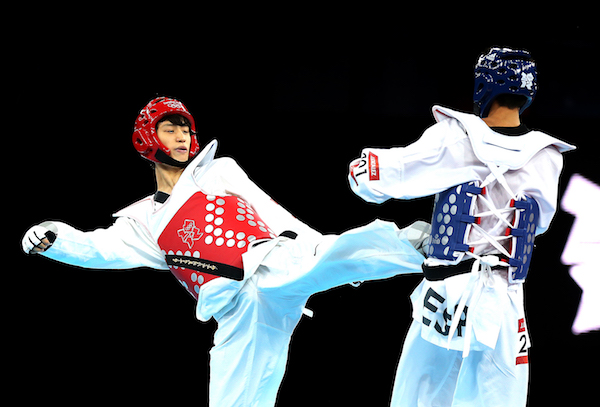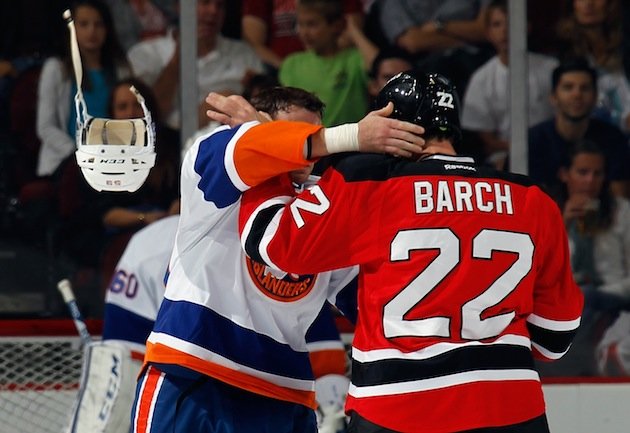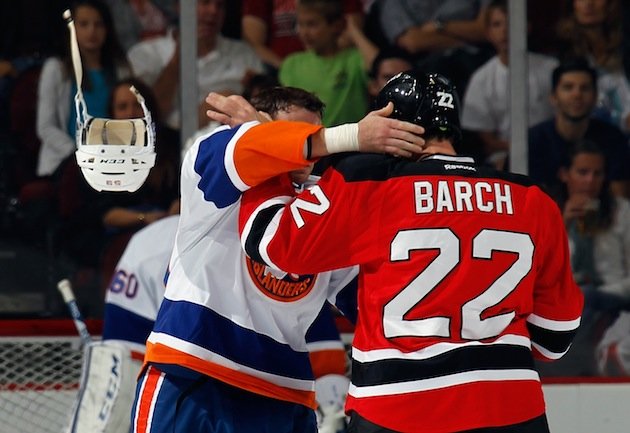All About Taekwondo
Taekwondo is a modern martial art turned sport that originated in Korea. It rewards daring attacks during which a fighter opens themselves up to a counter-attack.
How Does Taekwondo Work?
Taekwondo fighters wear protective headgear and a chest protector called a hogu. Points are awarded for solid kicks to the head or hogu and punches to the torso. Extra-points are given to fighters who complete a strike that opens themselves up to being hit — basically if you spin while striking, you get an extra point. The way this all sorts itself out is this: a kick or punch to the trunk is worth one point, a kick with a spin to the hogu is worth three points, a kick to the head is worth three, and a kick to the head with a spin is worth four. No punches to the head are allowed. Bouts are divided into three two minute rounds with a minute of rest between. The fighter with the most points at the end of the time wins. If there’s a tie, a fourth round is fought with the first point winning. If there’s still a tie after a fourth round, the referees decide the winner! Another way to win the fight is by knocking out one’s opponent.
Why do People Like Watching Taekwondo?
Taekwondo combines the potential for sudden and spectacular violence of boxing with the artistry of judo. It doesn’t have the anything-goes feel of UFC or MMA, but for fans of those sports, this might be the closest Olympic equivalent.
Check out some highlights from the 2012 Olympics:
What are the different events?
There are eight events in Taekwondo, four for men and four for women. Each event represents a weight class, beginning at 127 lbs for men and 108 lbs for women and maxing out at over 147 lbs for women and 176 lbs for men.
How Dangerous is Taekwondo?
Any sport where you can win by knocking your opponent unconscious is inherently dangerous. Concussions and sub-concussive brain injury is common. Still, bouts are relatively short and if you watch a few of them, you’ll notice that not many kicks land solidly to the head in a given bout. Outlawing punches to the head, which I imagine would be easier to land, is another safety measure.
What’s the State of Gender Equality in Taekwondo?
Perfect! Four weight classes for men, four weight classes for women, and exactly the same number of athletes in each.
Links!
Bookmark the full Olympics schedule from NBC. Taekwondo is from Wednesday, August 17 to Saturday, August 20.
Read more about Taekwondo on the official Rio Olympics site.




